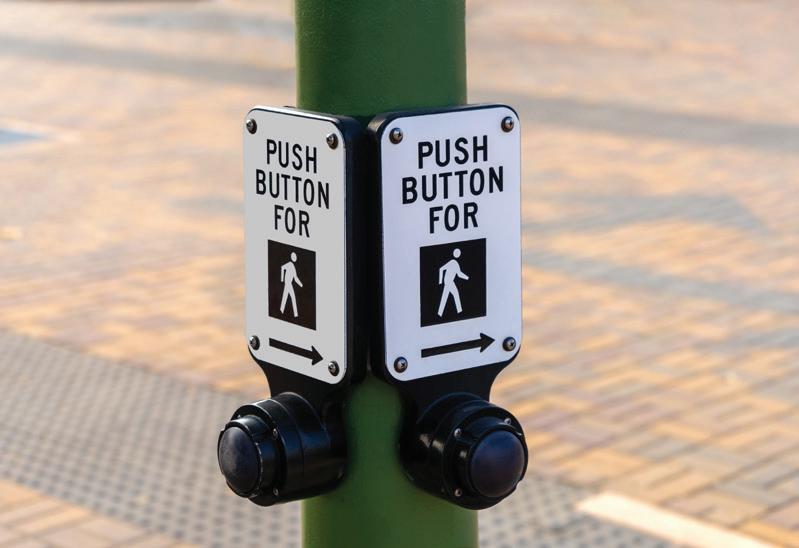
2 minute read
Eumundi Voice Issue 114, 3 April 2025
ON THIS DAY
History of jaywalking
One hundred years ago in the United States, streets were considered a public space. Pedestrians could cross a street anywhere and in any direction. Children played there and vendors pushed their carts selling wares alongside cars. People often did not look before crossing a road. As the number of cars grew, so too did the number of pedestrian deaths. Courts considered the driver at fault as the car was the greater menace.
The auto industry started lobbying to shift the onus of responsibility from the driver to the pedestrian. In 1912, Kansas City ruled that pedestrians cross a street only at designated points. No one took any notice as it was not policed rigorously. Rather than rely on fines, the auto industry’s campaign focused on shaming pedestrians, claiming they acted like jaywalkers if they avoided designated crossing points.
A “jay” was midwestern slang for a country hick who didn’t know how to behave in a city. A jaywalker was someone who didn’t know how to deal with city traffic. Pedestrians fought back, saying accidents were caused by jay-drivers. In 1925, Los Angeles codified the term jaywalker in new traffic laws and the word stuck. The laws placed the onus on pedestrians to stay out of the path of cars and use designated pedestrian crossings. Streets were for cars not pedestrians.
Other cities followed suit, particularly after a US Model Municipal Traffic Ordinance was drafted in 1928 that drew heavily on the LA regulations. English-speaking jurisdictions outside the US, including Australia, also adopted rules against jaywalking. It continues to frame the way we view streets today. Rhonda Piggott


